Blog
Jewellok is a professional pressure regulator and valve manufacturer and supplier.

Integrated Gas System in Semiconductor Market Trends
- Pressure Regulator Valve Manufacturer
- fully integrated gas supply system, IGS Gas Box and Regulator Valves for Gas Systems, integrated gas supply system, integrated gas system, Integrated Gas System (IGS), Integrated Gas System China, integrated gas system china supplier, Integrated Gas System in Semiconductor, Integrated Gas System in the Semiconductor Companies, integrated gas system manufacturer, integrated gas system manufacturer China, integrated gas system supplier, Integrated Gas Systems in the Semiconductor, Integrated Management System, Modular Integrated Gas Systems, Semiconductor Gas Delivery Systems
- No Comments
Integrated Gas System in Semiconductor Market Trends
Introduction
Integrated gas systems are indispensable in the semiconductor manufacturing process, serving as the backbone for delivering precise quantities of gases required for various fabrication stages. These systems encompass components such as gas cabinets, gas panels, and delivery mechanisms, all designed to supply gases used in critical processes like etching, deposition, and cleaning. The precision and reliability of these systems directly influence the yield and performance of semiconductors, ensuring that the intricate patterns and thin films forming modern chips meet stringent quality standards.
Semiconductor manufacturing relies on a variety of gases tailored to specific tasks. For instance, etching processes utilize gases to carve patterns into wafers, while deposition processes employ gases to layer materials onto wafer surfaces. The ability of integrated gas systems to deliver these gases with exact control—minimizing contamination and maintaining consistency—is paramount. As the semiconductor industry experiences rapid growth, fueled by escalating demand across consumer electronics, automotive, and industrial sectors, the reliance on advanced integrated gas systems intensifies.
This growth, however, is accompanied by challenges. The industry faces pressures to produce smaller, more efficient chips, adapt to the global shift toward renewable energy, and navigate supply chain disruptions. These dynamics are reshaping the market trends for integrated gas systems, making them a focal point of innovation and investment. This essay explores these trends, the pivotal role of integrated gas systems, and their future trajectory within the semiconductor landscape, aiming to provide a comprehensive analysis in this article.
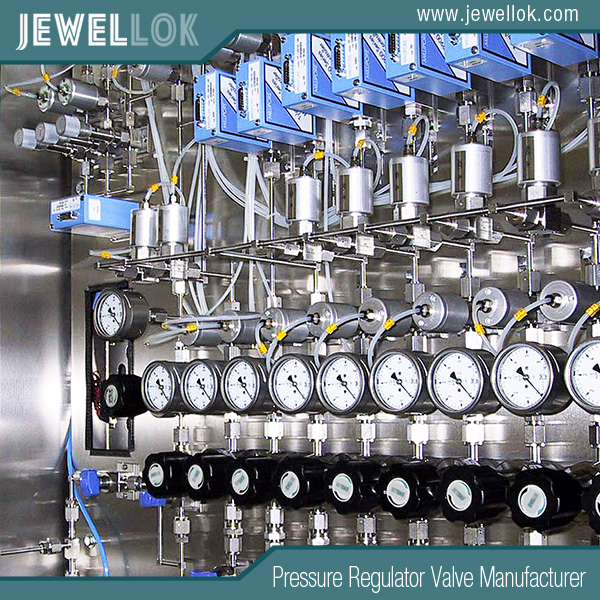
Market Trends in the Semiconductor Industry
The semiconductor industry is on a robust upward trajectory, with global sales reaching $439 billion in 2020 and projected to climb to $573 billion by 2025, according to the Semiconductor Industry Association. This growth is propelled by several key drivers, each amplifying the demand for semiconductors and, consequently, the integrated gas systems integral to their production.
Growth Drivers
Consumer Electronics: The proliferation of smartphones, tablets, laptops, and wearable devices drives significant demand for advanced semiconductors. These devices require chips that offer high performance, energy efficiency, and compact size, pushing manufacturers to refine their processes and rely heavily on sophisticated gas systems.
Automotive Sector: The automotive industry is increasingly semiconductor-dependent, particularly with the rise of electric vehicles (EVs) and advanced driver assistance systems (ADAS). EVs use semiconductors in powertrains and battery management, while ADAS relies on chips for sensors and processing. This surge in automotive applications heightens the need for reliable gas delivery systems in chip fabrication.
Industrial Applications: The industrial sector, encompassing automation, robotics, and the Internet of Things (IoT), is another major consumer. IoT devices, for instance, require low-power semiconductors to enable connectivity and efficiency, further expanding the market.
Segment-Specific Growth
Within the semiconductor industry, specific segments exhibit distinct growth patterns, each influencing the demand for integrated gas systems differently. The memory chip segment, including DRAM and NAND flash, is expanding due to the data storage needs of cloud computing and artificial intelligence (AI). These chips often require gases like tungsten hexafluoride (WF6) for interconnect deposition. Meanwhile, the logic chip segment—encompassing microprocessors and application-specific integrated circuits (ASICs)—grows with the demand for high-performance computing, utilizing gases such as arsine (AsH3) for doping.
Shift Toward Renewable Energy
A notable trend is the global shift toward renewable energy, where semiconductors play a vital role in applications like solar panels and wind turbines. In solar panel production, gases are used to deposit thin films that enhance efficiency, while wind turbines employ semiconductors in control systems. As sustainability becomes a priority, this sector’s growth amplifies the need for integrated gas systems tailored to these applications.
Supply Chain Challenges
Despite this growth, the industry grapples with significant challenges, notably global supply chain disruptions. The COVID-19 pandemic exposed vulnerabilities, causing shortages of critical components, including semiconductors. These disruptions have delayed production schedules and underscored the need for resilient supply chains, directly impacting the availability and deployment of integrated gas systems.
Role of Integrated Gas Systems in Market Trends
Integrated gas systems are not merely supportive infrastructure; they are enablers of the semiconductor industry’s evolution, directly addressing the demands and challenges outlined above. Their role is multifaceted, spanning technological advancement, sustainability, and supply chain resilience.
Supporting Advanced Chip Manufacturing
The push for smaller, more efficient chips—down to 5nm and 3nm process nodes—requires cutting-edge manufacturing techniques. Integrated gas systems are critical here, delivering specialized gases with pinpoint accuracy. For example:
FinFET Production: In advanced logic chips, fin field-effect transistors (FinFETs) rely on gases like carbon tetrafluoride (CF4) and oxygen (O2) for etching fin structures. Precise gas control ensures the dimensional accuracy and performance of these transistors.
3D NAND Fabrication: High-capacity storage devices use 3D NAND flash memory, where gases such as chlorine (Cl2) and hydrogen bromide (HBr) etch vertical channels. The efficiency of these processes hinges on the reliability of gas delivery systems.
These examples illustrate how integrated gas systems underpin the industry’s ability to meet the demand for compact, powerful chips, driving technological progress.
Enabling Renewable Energy Applications
In renewable energy, integrated gas systems are equally vital. Solar panel manufacturing, for instance, uses gases like silane (SiH4) and ammonia (NH3) to deposit silicon nitride films as anti-reflective coatings. The quality of these films directly affects panel efficiency, making gas system performance a key factor. Similarly, semiconductor-based control systems in wind turbines depend on manufacturing processes supported by these systems, reinforcing their importance in the sustainability shift.
Addressing Supply Chain Disruptions
Global supply chain issues have ripple effects on integrated gas systems. Shortages of components—such as semiconductors themselves or electronic parts within gas systems—have led to delivery delays, impacting production timelines. Manufacturers are responding by:
Diversifying Supply Chains: Sourcing components from multiple regions reduces dependency risks.
Localizing Production: Investing in regional facilities ensures a steadier supply, mitigating global disruptions.
These strategies highlight the adaptability required to maintain the flow of integrated gas systems amid market volatility.
Future Outlook
The future of integrated gas systems in the semiconductor market is promising yet complex, shaped by growth opportunities and emerging challenges. According to MarketsandMarkets, the global integrated gas system market is expected to grow from $1.2 billion in 2020 to $1.8 billion by 2025, reflecting a compound annual growth rate (CAGR) of 8.5%. This expansion aligns with broader semiconductor trends and technological advancements.
Growth Projections
The continued rise in semiconductor demand—spanning consumer electronics, automotive, and industrial applications—will fuel the need for integrated gas systems. The automotive sector, particularly EVs and ADAS, will be a significant driver, requiring advanced chips produced with precise gas delivery. Industrial IoT and AI applications will further amplify this demand, necessitating systems that can support high-volume, high-quality production.
Emerging Technologies
Emerging technologies will redefine the landscape:
Artificial Intelligence (AI): AI requires high-performance processors and memory chips, increasing the complexity of manufacturing processes and the reliance on advanced gas systems.
Internet of Things (IoT): IoT devices demand low-power semiconductors, pushing for efficient gas usage in production.
Quantum Computing: Though nascent, quantum computing could necessitate novel semiconductors and gas systems, opening new avenues for innovation.
These technologies will require manufacturers to develop gas delivery solutions that are more precise, efficient, and adaptable to new materials and processes.
Innovation and Sustainability
To meet future demands, manufacturers must innovate. This includes designing systems that handle specialized gases for advanced nodes and improving reliability to minimize downtime. Sustainability is also gaining traction, with potential shifts toward environmentally friendly gases and reduced consumption. Such advancements could lower the industry’s ecological footprint while maintaining performance.
Challenges Ahead
Challenges persist, including the need for cutting-edge technologies and ongoing supply chain pressures. Manufacturers will need to invest in research and development to stay ahead, while also building flexible supply networks to weather disruptions. Balancing cost, innovation, and reliability will be critical.

Conclusion
Integrated gas systems are a linchpin in the semiconductor manufacturing ecosystem, their significance magnified by current and future market trends. The industry’s growth—driven by consumer electronics, automotive advancements, and renewable energy—relies on these systems to deliver the precision and reliability needed for modern chips. Challenges like supply chain disruptions and the demand for smaller, efficient semiconductors underscore their critical role, while emerging technologies like AI and IoT signal a dynamic future.
As the semiconductor market evolves, manufacturers of integrated gas systems must innovate, focusing on technological advancements, supply chain resilience, and sustainability. By doing so, they will not only support the industry’s expansion but also contribute to its long-term success. The integrated gas system market stands at a pivotal juncture, poised to grow and adapt in tandem with the semiconductor industry’s transformative journey.
For more about integrated gas system in semiconductor market trends, you can pay a visit to Jewellok at https://www.jewellok.com/the-uses-of-integrated-gas-systems-in-the-semiconductor-manufacturing-process/ for more info.
Recent Posts
How Does An Acetylene Gas Changeover Manifold Work?
How Does A Carbon Dioxide Gas Pressure Regulator Work?
How Does A Oxygen Gas Pressure Regulator Work?
How Does A Helium Gas Pressure Regulator Work?
How Does A Nitrogen Gas Pressure Regulator Work?
How Does An Argon Gas Pressure Regulator Work?
How Does A Propane Gas Pressure Regulator Work?
How Does A Acetylene Gas Pressure Regulator Work?
How Does the High Pressure Back Pressure Regulator Work?
The Complete Guide to Camco 59013 Single Stage Propane Regulator
Tags
Recommended Products
-
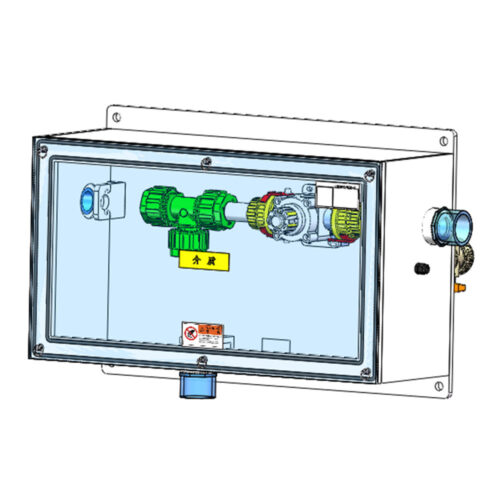
Scrubber Tail Gas Treatment Cabinet Waste Gas Treatment Wet Scrubber Exhaust Gas Treatment Spray Tower
-

High Purity Stainless Steel Mini Tube Butt Weld Fittings For Semiconductor
-
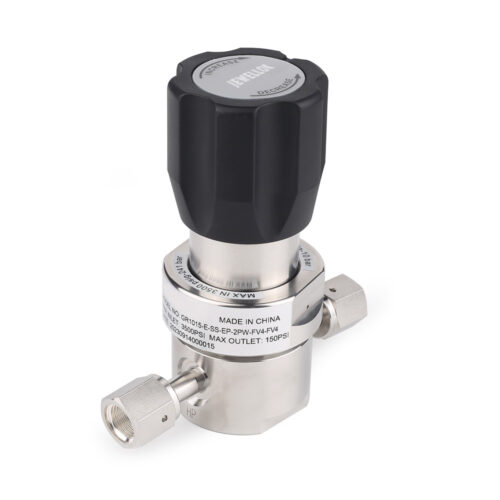
JR1000 Series UHP Ultra High Purity Single Stage Pressure Reducing Regulator And Low To Intermediate Flow
-
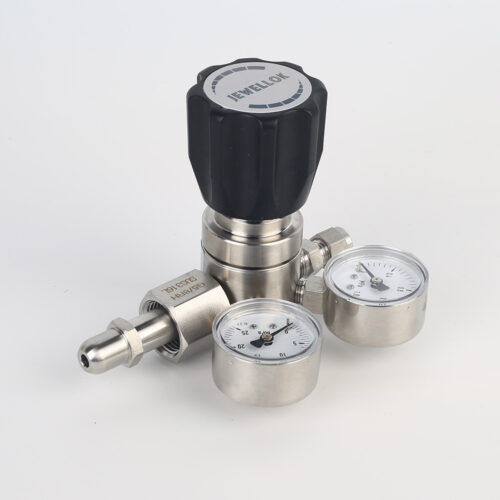
High Purity High Pressure Gas Cylinder Pressure Regulators Pressure Reducing Valve JSR-1E Series
-

FT-BOX JW-FTB-C Valve Manifold Panels And Boxes With High Purity Configurable Systems
-

Semi Automatic And Automatic Switching Speicialty Gas Changeover Manifold Panel With Semiconductor Valve Manifold Box Gas Pressure Regulators
-

Stainless Steel Ultra High Purity (UHP) High Pressure Manual Diaphragm Valve
-
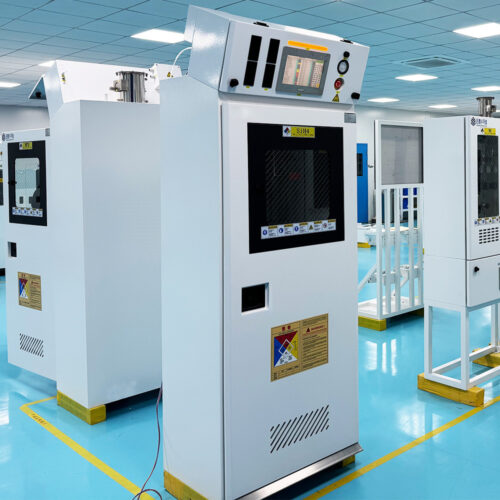
Fully Automated Gas Cabinet For Precise UHP Gas Delivery And High Purity Gas Delivery Systems JW-300-GC